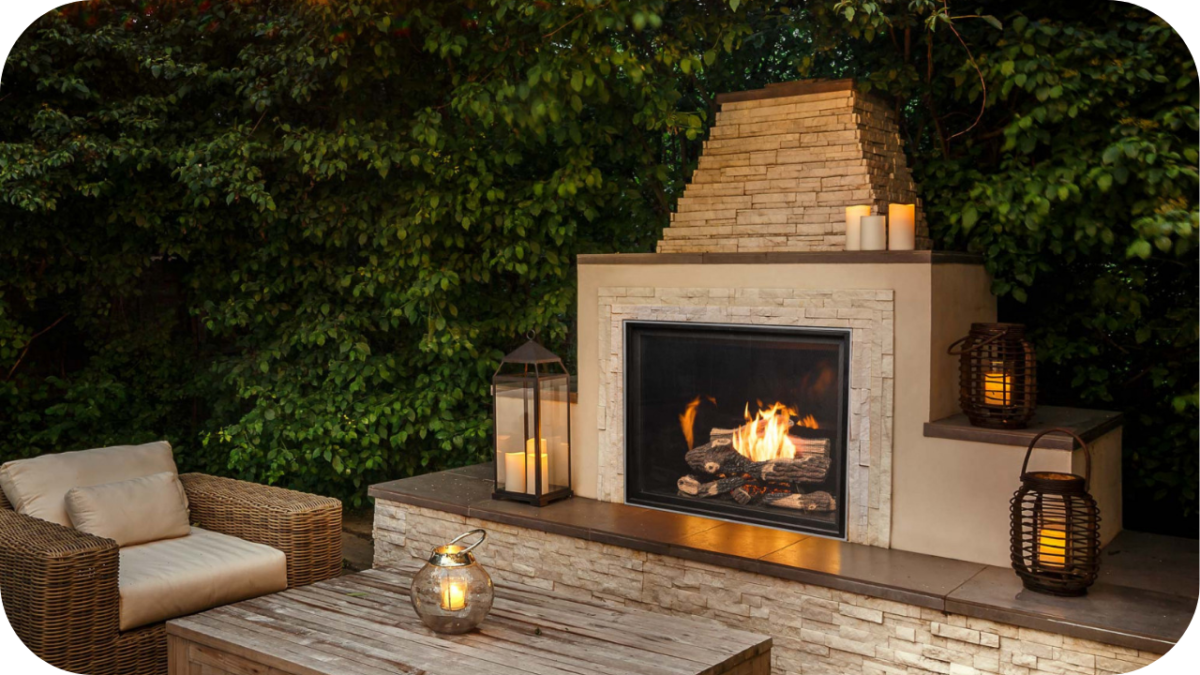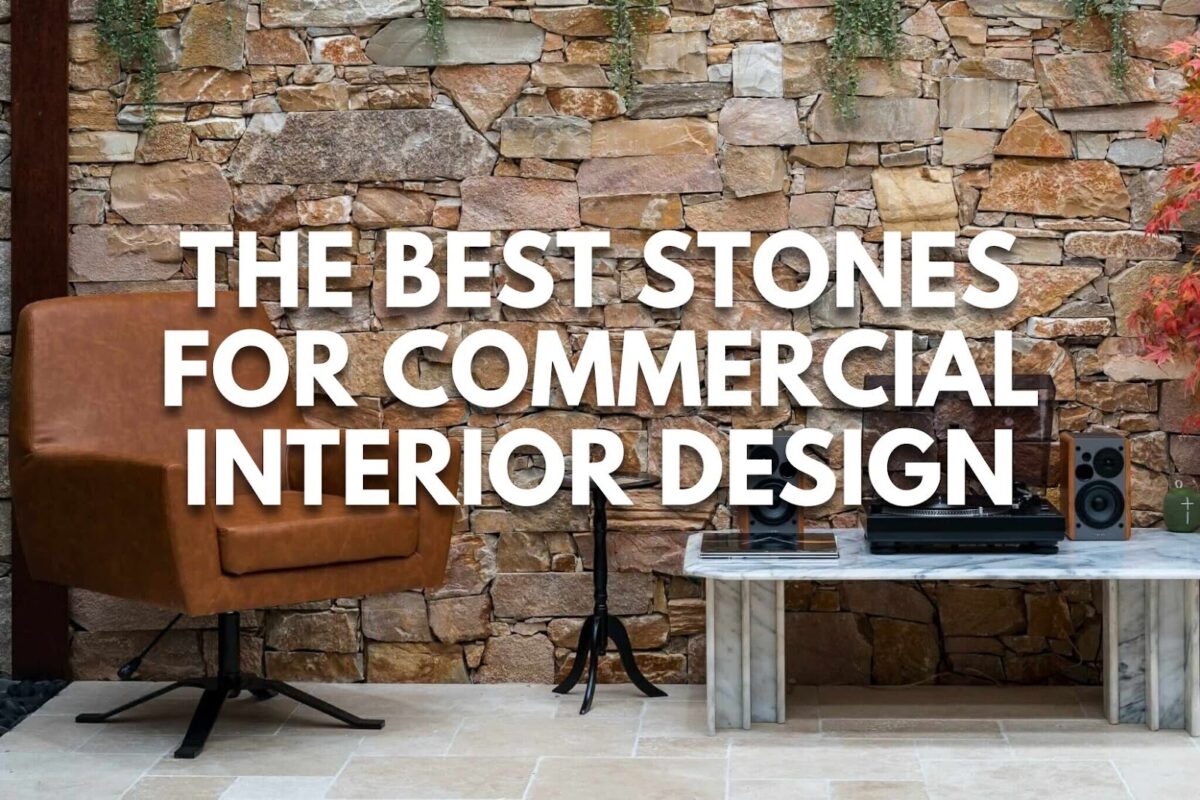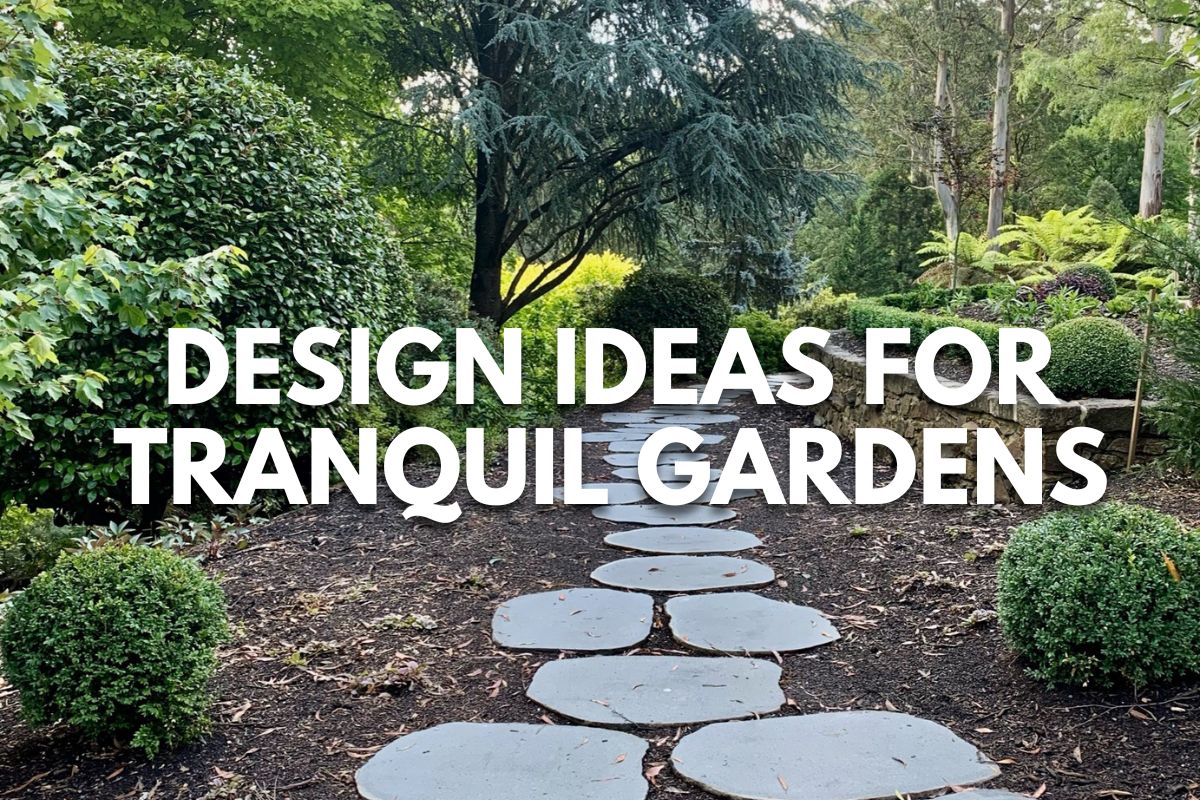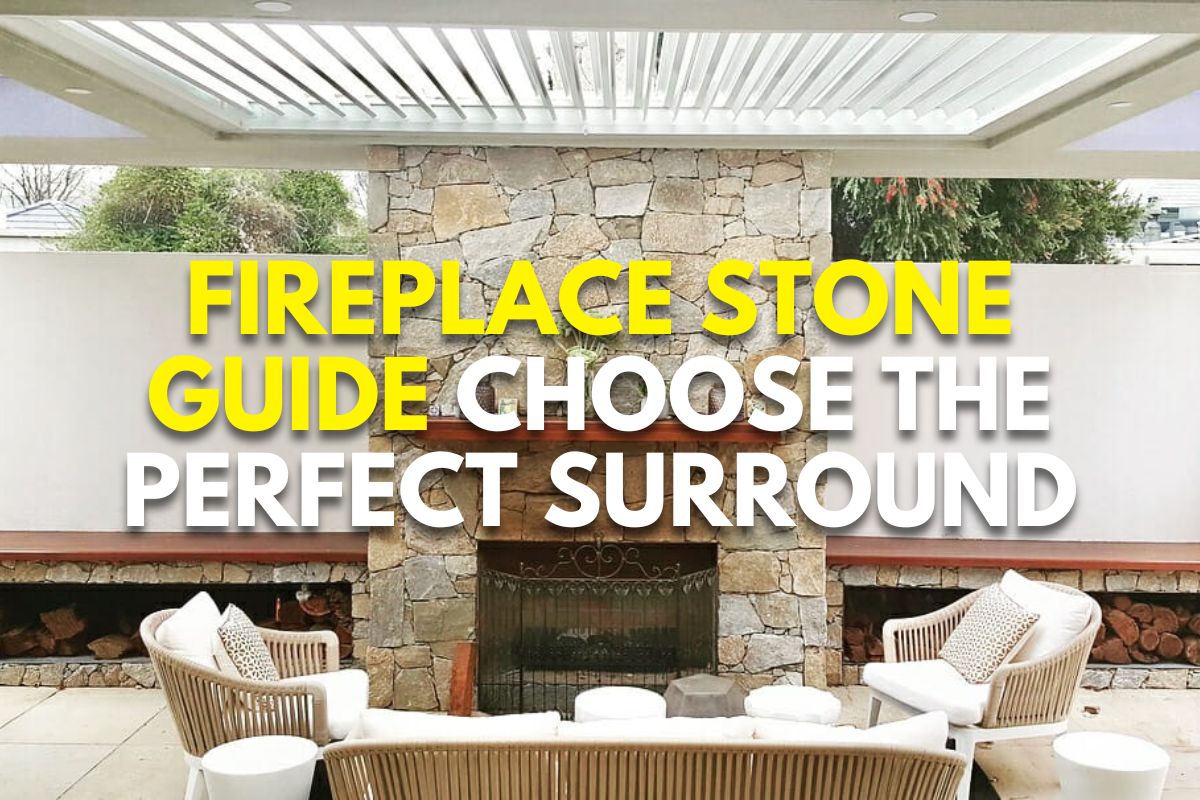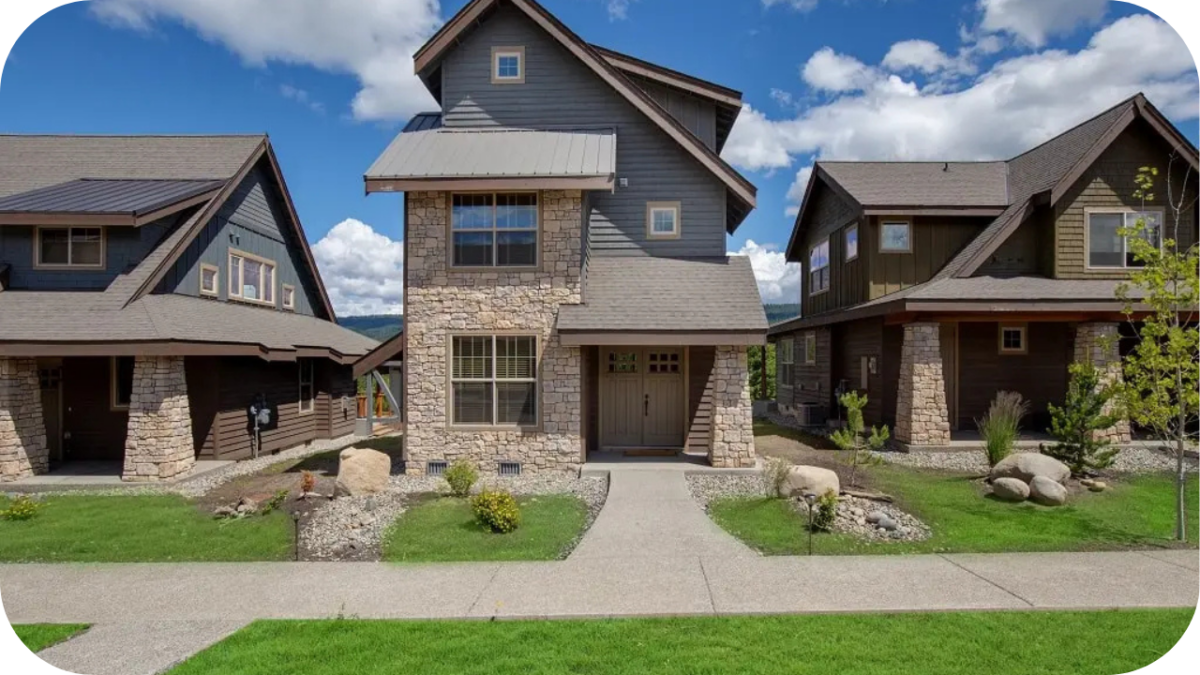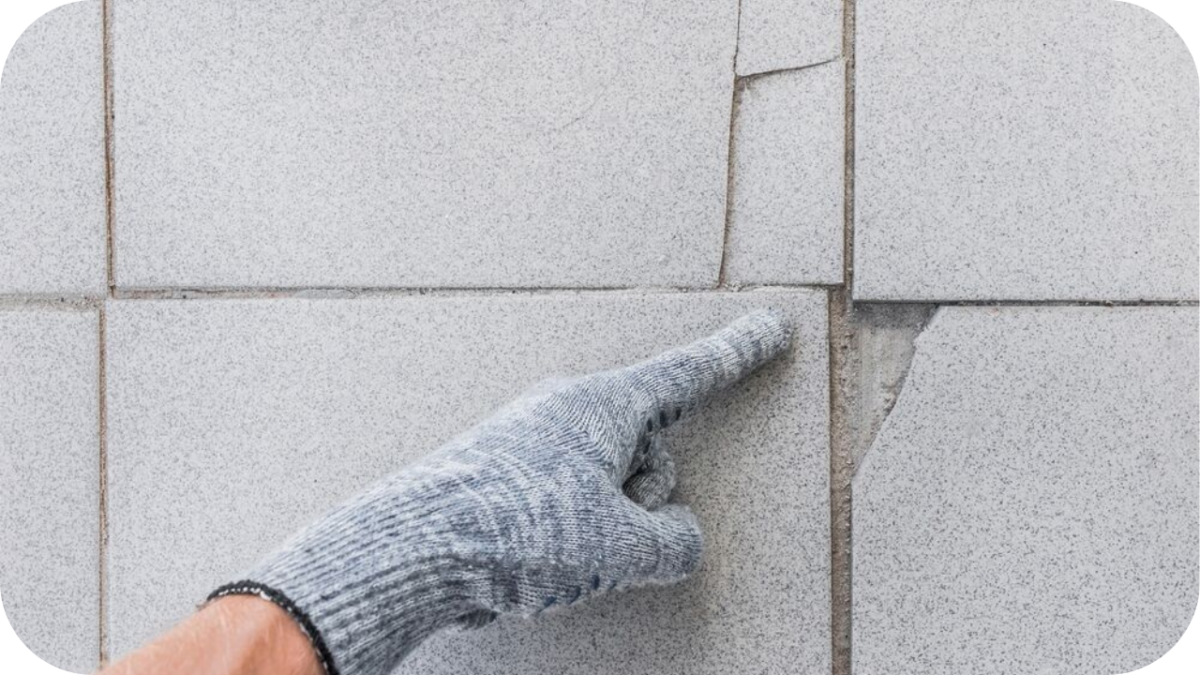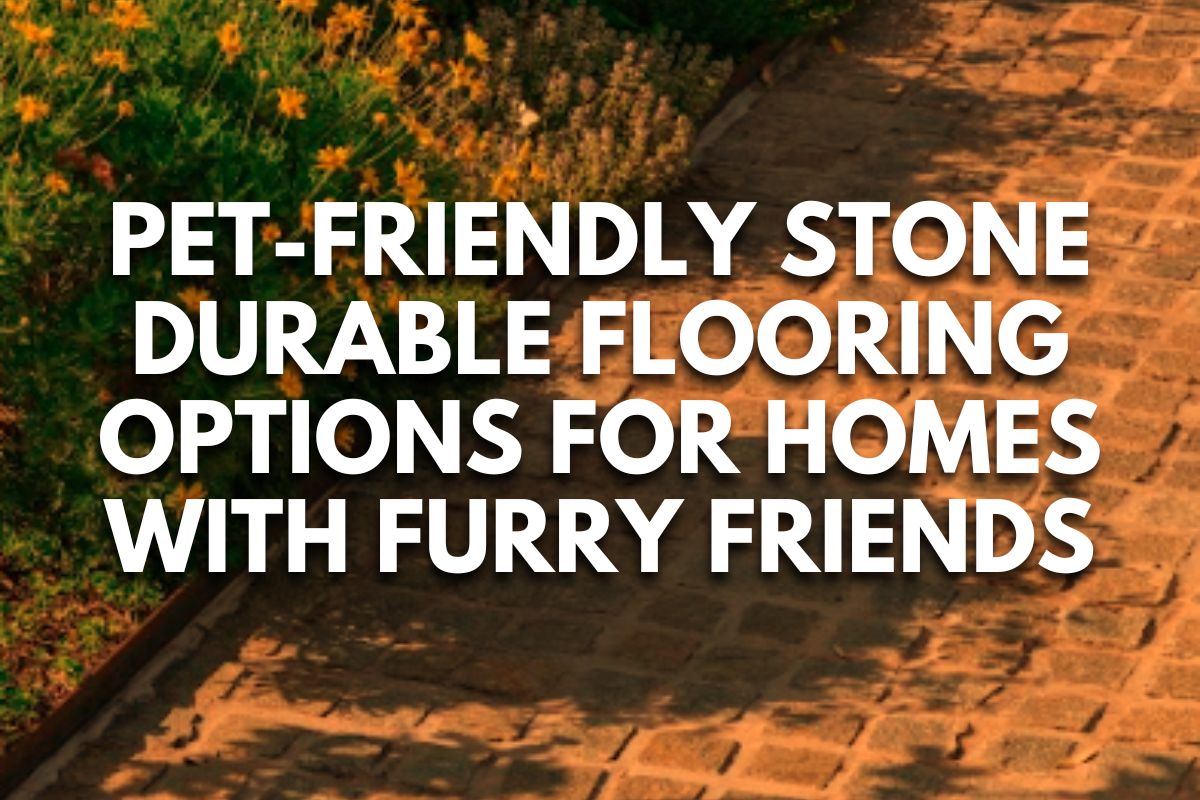Creating a Rustic Retreat: Top Stones for Building Outdoor Fireplaces and Hearthstones
Nothing kills the mood like a cold, bare, or boring backyard. A well-designed outdoor fireplace can boost property value by up to 12%, yet too many builds fall short on style and strength. Cheap materials crack, fade, or clash with the natural vibe you’re chasing.
The right stone changes everything. In this guide, you’ll get the lowdown on the top natural stones that bring warmth, character, and authentic rustic charm to your outdoor fireplace or hearthstone setup. Let’s build your retreat, stone by stone!
Why Natural Stone is Ideal for Outdoor Fireplaces
Natural stone is the ultimate choice for building outdoor fireplaces because it can handle both heat and harsh outdoor conditions. Unlike manufactured materials, natural stone offers unmatched durability, resisting cracking and warping even when exposed to extreme temperatures. It stands up to the test of time, making it a sound long-term investment.
Beyond performance, natural stone brings authenticity and character that other materials cannot replicate. Each piece has unique texture, colour variation, and surface detail, adding a handcrafted, rustic charm to any outdoor setting. Whether you prefer sandstone’s rugged look or granite’s refined elegance, stone delivers visual impact and tactile richness.
It is also a low-maintenance option, requiring only basic sealing and occasional cleaning to retain its natural beauty. For homeowners wanting to create a warm, inviting, and lasting retreat, natural stone delivers the ideal blend of practicality and style for outdoor fireplaces and hearthstones.
Key Factors When Choosing Fireplace Stone
Not all stone is fire-ready. These key factors ensure your outdoor fireplace is as safe and stunning as it should be.
- Heat Resistance: Your stone must handle high temperatures without cracking or crumbling. This applies not just to the firebox but also to the surrounding areas. Granite and bluestone are strong performers when it comes to heat durability.
- Aesthetic Appeal: Stone plays a big role in setting the tone of your outdoor space. Whether you’re looking for rustic charm or a more modern look, the stone must fit the brief. Choose tones and finishes that echo your home’s personality.
- Size and Shape: The shape and cut of the stone define the overall style of your fireplace. Large blocky stones suit bold, solid designs, while irregular shapes add a more natural, earthy feel. Think about how the proportions will work in your space.
- Texture and Finish: Surface texture adds visual interest and character to your fireplace. Rough, split-face finishes feel rustic, while tumbled or honed surfaces offer a softer, refined look. The right finish can also influence how light plays across the surface.
- Installation Compatibility: Some stones are better suited to dry-stacking while others require mortar for proper support. It’s important to consider what installation method your design and space allow. Dry-stacked stone offers a raw, authentic look but needs precision and the right material.
Top Stones for Building Outdoor Fireplaces and Hearthstones
These top natural stones bring warmth, texture, and durability, perfect for building an outdoor fireplace that feels truly handcrafted and lasting.
1. Bluestone
Bluestone is a favourite in Aussie landscaping for good reason. Its dense structure handles heat like a champ, perfect for fire pits and hearth surrounds.
The moody blue-grey tones easily suit modern, coastal, or rustic designs. Whether you choose sawn or split-face finishes, bluestone adds texture and presence. It’s ideal for a fireplace that blends durability with bold, natural style.
2. Granite
Granite is as tough as they come. Its exceptional heat resistance, weather tolerance, and scratch-proof surface make it one of the most dependable stones for fireplaces.
Available in various colours, from soft greys to darker speckles, it suits traditional and sleek designs. A flamed finish gives it that extra grip and a raw, earthy look. If you’re after strength and timeless appeal, granite delivers.
3. Limestone
Limestone brings warmth and charm to outdoor living spaces. It’s perfect for relaxed, rustic settings with tones ranging from creamy white to sandy beige.
While softer than granite, it performs beautifully when sealed and installed properly. Its texture adds a natural, laid-back feel, ideal for hearthstones or decorative fireplace surrounds. Limestone is best for those chasing character and casual elegance in one.
4. Sandstone
Few stones say “Australian backyard” quite like sandstone. Its layered texture and sun-warmed hues make it perfect for country-style or bushland homes.
Sandstone weathers beautifully, developing patina over time, adding to its charm. It’s fire-safe and holds up well outdoors, especially when sealed. For a grounded, welcoming look, sandstone hits the mark every time.
5. Slate
Slate is a top pick for anyone chasing a bold, dramatic look. With dark greys, rich charcoals, and textured surfaces, it turns any fireplace into a design feature.
Slate is naturally fire-resistant and works just as well for hearthstones as for cladding. Its layered look gives depth and visual interest, especially under outdoor lighting. It’s ideal for those who want rustic with an edge.
Design Ideas to Enhance the Rustic Appeal
Want a fireplace that feels like a bush retreat? These rustic design ideas will bring warmth, soul, and natural charm.
- Embrace Dry-Stacked Stonework: Dry-stacking gives your fireplace a raw, hand-built feel that suits a rustic setting perfectly. The stones look like they’ve stood there forever without visible mortar lines, a timeless look that adds depth and authenticity.
- Incorporate Reclaimed Timber Mantels: Pair your stonework with a chunky, weathered timber mantel for contrast and warmth. Reclaimed wood adds texture and tells a story of its own. It’s the perfect rustic companion to rugged stone.
- Use Natural Surrounds Like Gravel or Flagstone: Extend the rustic theme beyond the fireplace with matching stone paving or gravel bases. This creates a seamless transition between the fireplace and the garden, grounds the space, and feels cohesive.
- Add Built-In Seating with Stone or Timber Bases: Incorporate curved stone benches or timber seating around the fireplace for a true gathering space. This makes your fire area practical and inviting and enhances the retreat-like atmosphere.
- Keep the Colour Palette Earthy and Muted: Stick to tones like charcoal, beige, ochre, and soft grey. These colours blend with the natural environment and avoid a too-polished look. A warm, earthy palette keeps the space feeling calm and organic.
Maintenance Tips for Outdoor Stone Fireplaces
A well-built stone fireplace should last decades, but only if you care for it properly. Here’s how to keep it looking brilliant.
- Seal the Stone Regularly: Outdoor stone is exposed to rain, ash, and stains, so sealing is essential. Choose a breathable, weatherproof sealant suitable for your specific stone. For best results, reapply every one to two years.
- Clean with Gentle Products Only: Avoid harsh chemicals or high-pressure washing, which can damage the stone surface. Use mild soap and a soft brush for regular cleaning. Always rinse thoroughly to remove residue.
- Check for Soot and Ash Buildup: Soot can stain lighter stones and build up quickly around the firebox. Sweep away ash often and clean the firebox monthly. This helps preserve both appearance and function.
- Inspect for Cracks or Shifting: Natural movement or heat exposure can cause minor cracks. Catching them early prevents larger structural issues. Do a seasonal inspection, especially after heavy rain or fire use.
- Protect Surrounding Areas from Water Damage: Ensure proper drainage around the fireplace base. Water pooling can weaken mortar and stain porous stones. Use gravel, sloped paving, or garden edging to direct water away.
Why Choose Splendour in Stone for Your Fireplace Project
At Splendour in Stone, we specialise in providing premium natural stone solutions that combine beauty and performance. Our handpicked range of outdoor fireplaces and hearthstones is crafted to withstand intense heat, changing weather, and the test of time.
Each stone in our collection has been chosen for its durability, texture, and suitability for exterior fire features. We offer a variety of materials, including bluestone, limestone, sandstone, and granite, each with unique qualities that can bring your rustic fireplace vision to life.
Whether building a new feature or renovating an existing one, our team will guide you through stone selection, finish options, and practical design considerations.
With years of experience serving Australian homeowners, builders, and landscapers, we understand what makes a fireplace functional and stunning. Partner with Splendour in Stone for expert advice, quality materials, and reliable service, ensuring your outdoor fireplace becomes a focal point in your outdoor living space.
Conclusion
Transform your outdoor space into a rustic retreat with natural stone that radiates warmth, texture, and timeless appeal. The right stone fireplace adds character, function, and a welcoming atmosphere to your garden or patio.
Whether you favour rugged sandstone or sleek bluestone, make every fire-lit moment memorable. Speak with Splendour in Stone today and bring your outdoor fireplace vision to life with expert guidance and premium stone selections.

